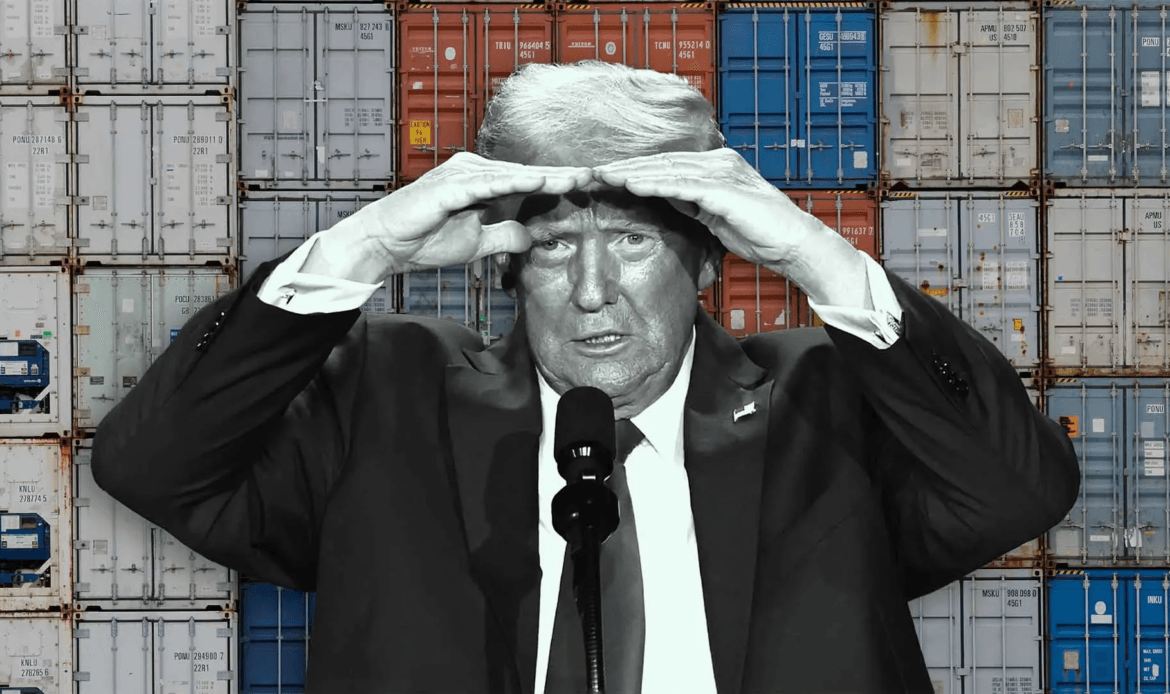The recent announcement by the US president Donald Trump regarding additional tariffs on imports from Canada, Mexico and China marks a significant shift in US policy. Framing the move under national emergency under the International Emergency Economic Powers Act (IEEPA), Trump aims to curb illegal immigration and drug trafficking, particularly fentanyl. The policy introduces 25% tariffs on imports from Canada and Mexico, a 10% tariff on energy resources from Canada, and a 10% tariff on Chinese imports. This aggressive stance is expected to have wide-reaching economic and geopolitical implications, particularly for global trade dynamics. Trump’s New Tariff Strategy: Consequence and Opportunities for India— amid these changes, India finds itself in a unique position to capitalize on emerging opportunities while navigating the shifting landscape.

Economic and political consequences
Trump’s tariffs strategy is expected to have both immediate and long-term repercussions. The immediate economic is likely to be felt in North America where increased tariffs will on cost business reliant on imports from Canada and Mexico. For China additional tariffs, could further strain US- China relations, adding pressure to already fragile global economy.
Additionally, the move underscore Trumps boarder political agenda, emphasizing broader security and national sovereignty. While it may resonate with his voter base, it also risks the straining diplomatic ties with key trading partners. Canada and Mexico, both have a significant economic reliance on US trade, might retaliate with countermeasures, escalating grade tensions. Similarly, China may respond with its own tariffs or regulatory actions, exacerbating global supply chain disruptions.
India’s emerging opportunities
While the new tariffs may disrupt the global trade flows, they also present a strategic window of opportunity for India. As the US seeks alternative supply chain to mitigate reliance on China, India can position itself as a trading partner. Here is how the India can benefit:
- Boost in exports: with higher tariffs making Chinese imports more expensive, American businesses may seek alternative sourcing options. India, with its growing manufacturing capabilities, can fill this void by expanding its exports in sectors like pharmaceuticals, textiles, and electronics.
- Increased foreign direct investment: US businesses looking to diversify their supply chains mat turn to India for investment. The Indian government’s initiatives, such as the production linked incentive scheme, can make India an attractive destination for companies seeking to shift operations out of China.
- Energy sector benefits: since energy imports from Canada will be subject to a lower 10% tariff, India could explore increased collaboration with US energy firms, particularly in areas like liquefied natural gas and renewable energy.
- Strengthen diplomatic ties: with US China tensions escalating, India has an opportunity to strength its geopolitical alliance with the United States. By aligning its trade and security policies with American interests, India can deepen its strategic partnership with Washington.
Challenges and risks for India
While opportunities exist, India must also navigate potential challenges:
- Supply chain disruptions: if trade tensions escalate further, global supply chains could be affected, impacting India’s imports of critical raw materials from China and north America.
- Retaliatory measures: if Canada, Mexico, or China impose counter tariffs, it may create volatility in global trade, indirectly impacting India’s export markets.
- Competitiveness: to fully capitalize on the opportunity, India must address key structural issues such as infrastructure bottlenecks, labor market inefficiencies, and bureaucratic hurdles that hinder manufacturing growth.
Conclusion
Trump’s tariff strategy, while primary aimed at addressing domestic security concerns, will have far- reaching economic consequences. The protectionist measures may reshape global trade, providing India with a golden opportunity to enhance its export presence and attract foreign investment. However, to maximize these benefits, India must proactively strengthen its manufacturing base, improve ease of doing business, and position itself as a viable alternative in global supply chains. With the right policies in place, India can turn this evolving trade landscape into a catalyst for its economic growth and global positioning.





